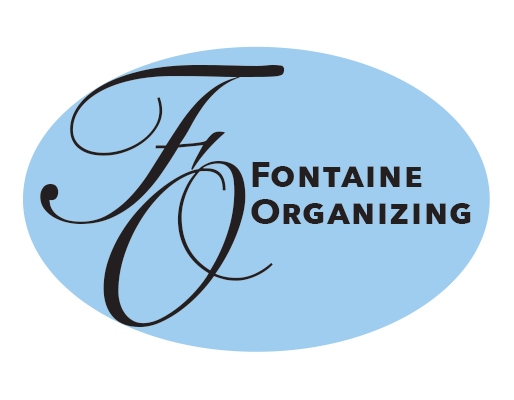An Organized Home Office
For many office workers, some form of remote work seems to be here to stay. Even for those who don’t work remotely, every home needs a space where the business of running the home happens. A cluttered and chaotic workspace will kill any hope of productivity, increase stress, and make even the simplest tasks feel overwhelming. Creating and maintaining a clutter-free, organized home office isn’t just about aesthetics; it’s about having a space where you can focus and complete tasks efficiently. Let’s explore why this matters, how to achieve it, and how to keep it that way.
Why a Clutter-Free Home Office Is Important
A disorganized home office will sap your energy before you even get to work. Piles of papers, tangled cords, and misplaced supplies create visual chaos that distracts the mind. Clutter can increase cortisol levels (the so-called “stress hormone”), leading to stress and reduced concentration. Alternatively, an organized workspace supports clarity, boosts productivity, and even improves creativity by allowing you to focus on the task at hand rather than the mess around you. When everything has a place, you’ll spend less time searching for lost items and more time getting things done. Plus, a tidy office just feels good!
How to Declutter and Organize Your Home Office
Transforming your home office into an organized space isn’t impossible. Start by decluttering: sort through papers, gadgets, and supplies, keeping only what you use. Recycle old papers that you’ll never need to reference or that can be obtained online, and donate unused equipment and supplies. Next, tackle the chaos of cords—a common point of frustration in home office messes. Identify a place where you will keep unused cords but dispose of any that you can’t identify. Use Velcro Cable Ties to keep individual cords neatly bundled to eliminate excess cords getting tangled up or creating a tripping hazard.
For desk essentials like pens, notepads, and small electronics, invest in a desk organizer. Look for one with compartments to separate items. If your desk lacks drawers (as mine does), a Monitor Riser with storage is great to improve ergonomics while also providing space underneath for stashing supplies. To manage paper clutter, use a Vertical File Sorter instead of horizontal trays. Read “Desktop Filing Trays” to learn why.
Don’t overlook vertical space. Wall-mounted shelves or a Pegboard can hold books, plants, or even tech accessories, freeing up your desk for actual work. Finally, don’t clutter up the workspace with decor and choose at most a couple of items -perhaps a small plant or photo.
Maintaining Your Organized Home Office
Once your office is clutter-free, the key to keeping it that way is consistency. If you do it at the end of each day, tidying up will take 1-5 minutes and you’ll feel great when you next sit down at your desk. Take a few moments to file papers, coil cords, and return items to their designated spots. Once a month, reassess your setup: Are cords out of control? Are your paper files bulging? Quick adjustments will help prevent going back to disorganization.
Final Thoughts
An organized home office isn’t just an aesthetic choice; it’s a tool to increase efficiency and effectiveness. By clearing clutter, using tools like cord organizers and desk accessories, and committing to upkeep, you can create a space that works FOR you, not against you.




